NOT GOOD
This is a clip that was produced in the days in which we were just learning how to use programs like final cut pro and getting the hang on how to edit, add fonts and sound, as you can view this clip does not represent any of the key features of the main type of elements needed to produce a well presented clip.
SHOTS LEARNED.
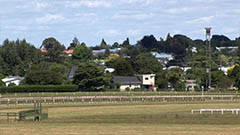
EWS (Extreme Wide Shot)
The view is so far from the subject that he isn't even visible. Often used as an establishing shot.
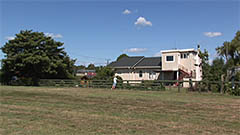
VWS (Very Wide Shot)
The subject is visible (barely), but the emphasis is still on placing him in his environment.

WS (Wide Shot)
The subject takes up the full frame, or at least as much as comfortably possible.
AKA: long shot, full shot.

MS (Mid Shot)
Shows some part of the subject in more detail while still giving an impression of the whole subject.
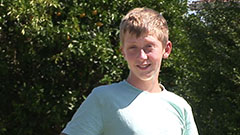
MCU (Medium Close Up)
Half way between a MS and a CU.

CU (Close Up)
A certain feature or part of the subject takes up the whole frame.
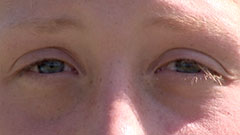
ECU (Extreme Close Up)
The ECU gets right in and shows extreme detail.
Variation: Choker
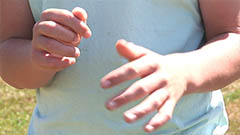
Cut-In
Shows some (other) part of the subject in detail.

CA (Cutaway)
A shot of something other than the subject.
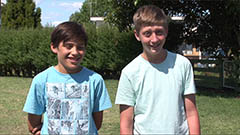
Two-Shot
A shot of two people, framed similarly to a mid shot.
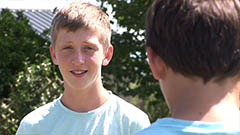
(OSS) Over-the-Shoulder Shot
Looking from behind a person at the subject.
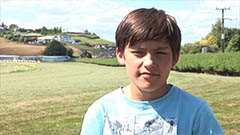
Noddy Shot
Usually refers to a shot of the interviewer listening and reacting to the subject.
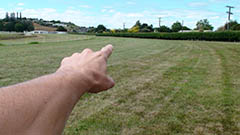
Point-of-View Shot (POV)
Shows a view from the subject's perspective.
CAMERA MOVEMENTS
| Crab | A less-common term for tracking or trucking. |
| Dolly | The camera is mounted on a cart which travels along tracks for a very smooth movement. Also known as a tracking shot or trucking shot. |
| Dolly Zoom | A technique in which the camera moves closer or further from the subject while simultaneously adjusting the zoom angle to keep the subject the same size in the frame. |
| Follow | The camera physically follows the subject at a more or less constant distance. |
| Pan | Horizontal movement, left and right. |
| Pedestal (Ped) | Moving the camera position vertically with respect to the subject. |
| Tilt | Vertical movement of the camera angle, i.e. pointing the camera up and down (as opposed to moving the whole camera up and down). |
| Track | Roughly synonymous with the dolly shot, but often defined more specifically as movement which stays a constant distance from the action, especially side-to-side movement. |
| Truck | Another term for tracking or dollying. |
| Zoom | Technically this isn't a camera move, but a change in the lens focal length with gives the illusion of moving the camera closer or further away. |
No comments:
Post a Comment